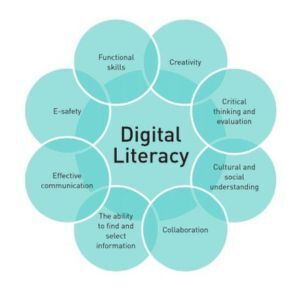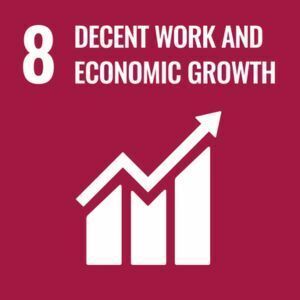Image by eko pramono from Pixabay
When capitalism started, nature was abundant and capital was scarce; it thus made sense to reward capital above all else. Today we’re awash in capital and literally running out of nature. We’re also losing many social arrangements that bind us together as communities and enrich our lives in non-monetary ways. This doesn’t mean capitalism is doomed or useless, but it does mean we have to modify it. We have to adapt it to the twenty-first century rather than the eighteenth. And that can be done.
~ Peter Barnes
How Did We Get Here?
About ten thousand years ago, we humans shifted from being nomadic hunter-gatherers to living in agrarian societies—growing our own food and domesticating animals--which led to people settling in villages and towns.
Just over two hundred years ago, humankind experienced the Industrial Revolution, when machines and manufacturing processes significantly changed the living standards of a quickly increasing population. That shift brought about the beginnings of a capitalist economy, in which the means of production is largely or entirely privately owned and operated for profit, and we became accustomed to the idea of ever-expanding production and profits.
Gaps and Inequalities
Since the latter part of the twentieth century, however, we have experienced widening gaps and gross inequalities among the more than seven billion humans on Earth. We have also come to realize that our species is negatively affecting the natural habitat, the environment that we all share.
One response to these alarming observations has been a movement toward “conscious capitalism”—a realization that there is not a single “bottom line” that measures success only by the profits that a business brings to its shareholders. Rather, many business entities have recognized other significant measures that compel us to look closely at our responsibility toward both the human community and the global environment.
They have recognized that business can serve the human needs of employees not just to survive but to thrive and play a part in doing good in the world—serving clients and customers, providing useful products and services, and also being mindful of the limitations of natural resources and the fragility of our environment.
Mission
Provide a platform for those individuals and organizations involved in and concerned about business and economics and its relationship to compassion.
Vision
Promote a clear vision of what kind of society we really want and how focusing on business, public policy and economics affects that society.
Goals
- Work towards helping businesses foster a positive impact on internal and external customers, communities, and the broader economy.
- Communicate with each other, including working with partners, about topics related to compassion, business and economics.
- Explore working on a culture of compassion at work and in developing compassionate cultures of equity, responsibility and support.
Strategies
- Provide educational resources, workshops, and training programs that emphasize the benefits of compassion in fostering employee well-being, customer satisfaction, and sustainable business practices. Explore building a team of individuals who are interested and concerned about bringing compassion into business.
- Collaborate with other organizations and academic institutions to share knowledge and best practices related to compassion in business and economics.
- Consider the impact of business activities on society, the environment, and various stakeholders. Work with other sectors to embrace sustainability, diversity, and inclusivity as integral components of compassionate business practices.
- Develop metrics and evaluation methods to assess the impact of compassion initiatives on business outcomes and employee well-being.
- Demonstrate how to incorporate compassion into values and mission statements. Clearly articulate a commitment to compassion, empathy, and social responsibility as guiding principles for decision-making and business practices.
- Explore how to foster a deeper understanding of compassion and its relevance in business and economics.









